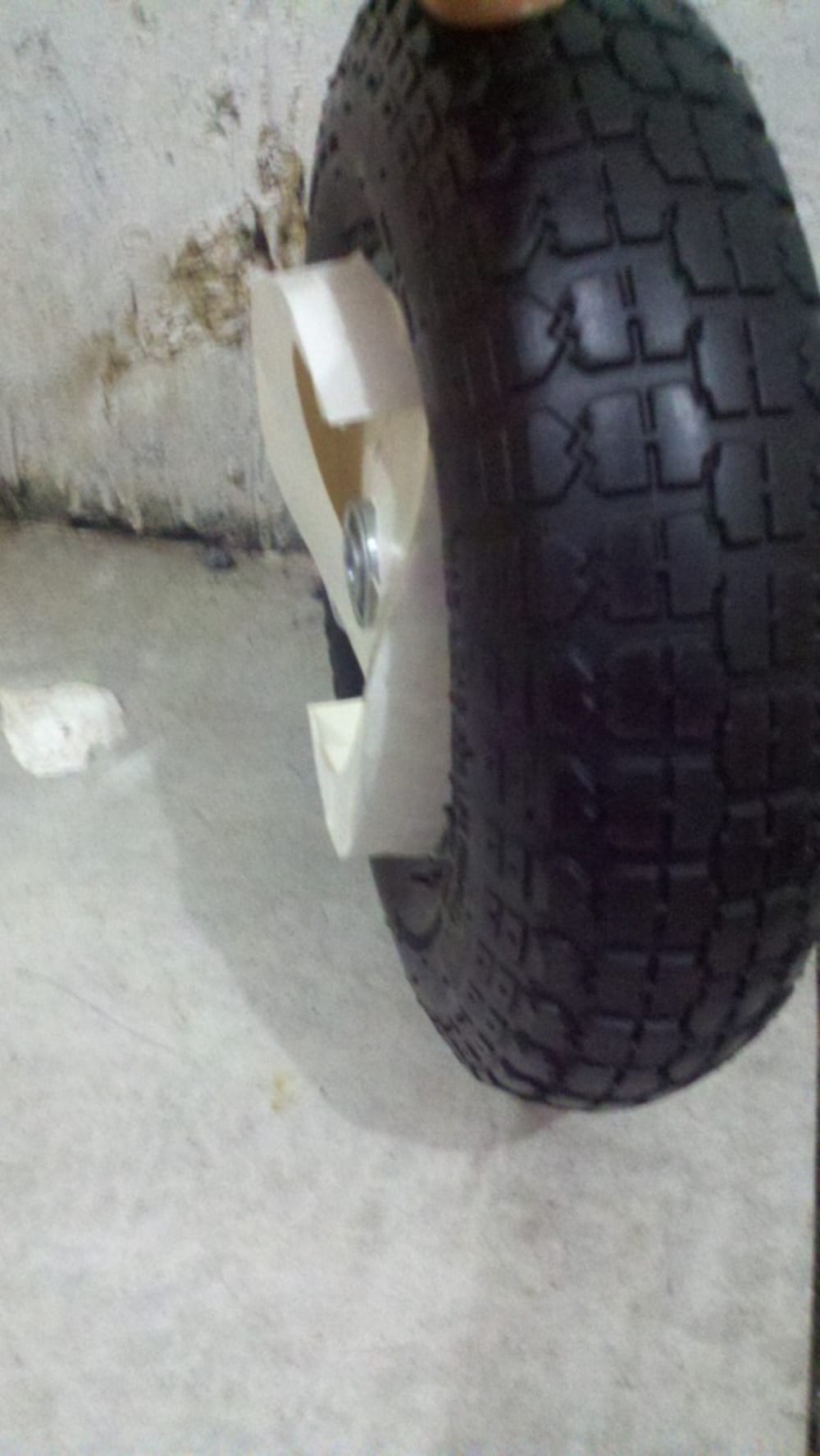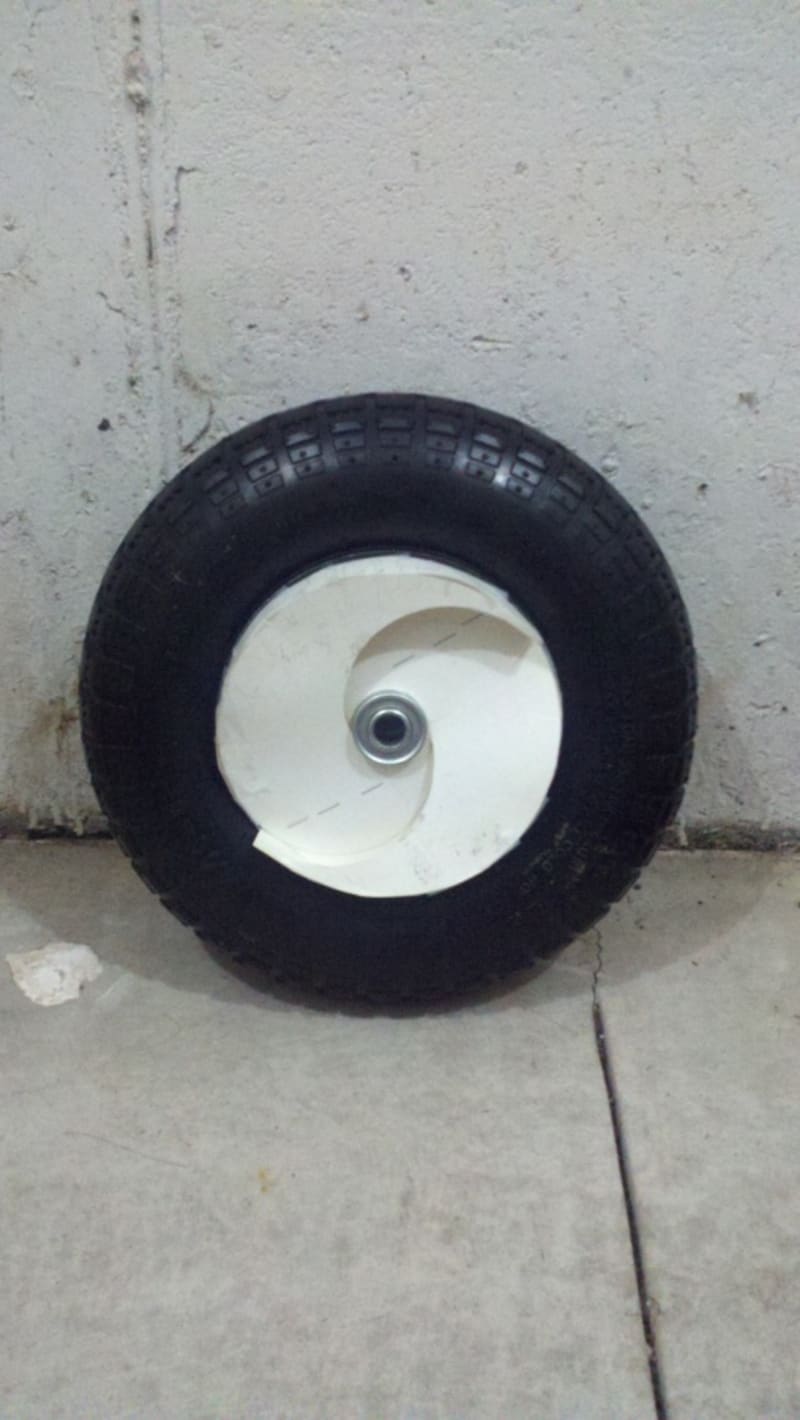You’re watching one of the hundreds of movies you have watched over the years where friends and families anxiously await the arrival of their loved-ones at an airport. There’s the mandatory shot of the airplane approaching from the distance, it hangs momentarily over the runway and then finally touches down, everyone breathes an inaudible but collective sigh of relief…and it’s only a movie. Simultaneously, you see the now familiar smoke and characteristic screech as the tires, not so gently, kiss the pavement and the craft finally settles onto all of its wheels and begins the long taxi to the gate.
When we take a moment we realize that the smoke, the sound of tires skidding on pavement and smell of burning rubber have become synonymous with conventional plane landings. But why this is so, why does this happen?
An airplane’s approach for landing consists of a steady decrease in altitude and speed along a flight path determined by a complex algorithm involving wind speed, air temperature, airplane speed and weight and many other factors. One might initially presume that once the tires are exposed to the high velocity air stream outside the plane they would begin to spin at a high rate but they don’t. The forces imparted to the wheel assembly by the wind are the same at the top and bottom of the tire, canceling one another, leaving the wheel still. It is this phenomenon this invention seeks to address.
The tire and wheel of an aircraft must accelerate from 0 rotational movement to the landing speed of the aircraft in a split second while simultaneously being subject to the weight of the aircraft and relying on the instantaneous flexure in the tire sidewall and the shock-absorbing design of the landing gear to minimize stresses on the structure of the craft. It is axiomatic that this phenomenon places high stresses on the tire and all the associated landing components.
This inventions conceives of a turbine arrangements that is cast as part of the wheel (or added as a retrofit) extending beyond the bead of the tire and faces and contacts the high speed airstream when the wheel is deployed. The turbine design can be optimized for individual aircraft so the maximum wheel speed is slightly less than and proportional to the landing speed of the aircraft. The turbine can be as simple as air scoops on the sides of the wheel that captures and utilizes the energy of the incoming air to overcome the static friction of the stationary wheel and spins it to the desired speed for subsequent landing. This could alleviate stress on the wheel and its components, save on tire changes, reduce pollution and allow for better control while landing the aircraft.
Initial small scale experiments (using small wheels with center-offset spiral designed scoops affixed to rims and deployed from the sun roof of a car moving at 40 mph) have proven successful and can be easily scaled.
Like this entry?
-
About the Entrant
- Name:Devin Kollmorgen
- Type of entry:individual
- Patent status:none





